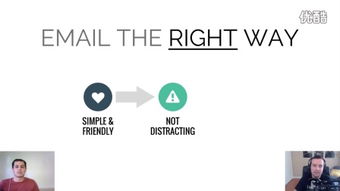Understanding the Basics of Online Trading

Trading online has become an increasingly popular way to make money for individuals around the world. With the advent of the internet, the financial markets have become more accessible than ever before. Whether you’re looking to supplement your income or become a full-time trader, understanding the basics is crucial.
Online trading involves buying and selling financial instruments such as stocks, bonds, currencies, and commodities through a brokerage account. The key to success in online trading lies in knowledge, discipline, and a well-thought-out strategy.
Choosing the Right Platform

When it comes to online trading, the platform you choose can significantly impact your experience. Here are some factors to consider when selecting a trading platform:
| Factor | Importance |
|---|---|
| Commissions and Fees | High |
| Tools and Resources | High |
| Customer Support | Medium |
| Mobile App | Medium |
| Security Features | High |
It’s essential to research and compare different platforms to find one that suits your needs. Some popular platforms include TD Ameritrade, ETRADE, and Fidelity.
Developing a Trading Strategy

A trading strategy is a set of rules and guidelines that help you make informed decisions when buying and selling financial instruments. Here are some key components of a trading strategy:
- Market Analysis: Understand the factors that influence market prices, such as economic indicators, news, and technical analysis.
- Asset Selection: Choose the financial instruments that align with your investment goals and risk tolerance.
- Entry and Exit Points: Determine the conditions under which you will enter and exit a trade.
- Position Sizing: Decide how much capital to allocate to each trade.
- Risk Management: Implement strategies to minimize potential losses, such as stop-loss orders.
Developing a trading strategy requires time, practice, and patience. It’s essential to backtest your strategy using historical data to ensure it works in real-world conditions.
Managing Risk
Risk management is a critical aspect of online trading. Here are some tips to help you manage risk effectively:
- Set Realistic Goals: Define clear, achievable goals for your trading activities.
- Use Stop-Loss Orders: Place stop-loss orders to limit potential losses.
- Limit Leverage: Avoid using excessive leverage, as it can amplify both gains and losses.
- Stay Disciplined: Stick to your trading plan and avoid emotional decision-making.
Remember that risk is an inherent part of trading, and it’s essential to be prepared for both gains and losses.
Continuous Learning and Adaptation
The financial markets are constantly evolving, and it’s crucial to stay informed and adapt your trading strategy accordingly. Here are some ways to keep up with market trends:
- Read Financial News: Stay updated on economic indicators, corporate earnings reports, and geopolitical events.
- Attend Educational Webinars: Participate in webinars and workshops to learn from experienced traders.
- Join Online Communities: Engage with other traders in online forums and social media groups.
- Practice Regularly: Trade regularly to refine your skills and gain confidence.
By continuously learning and adapting, you can improve your chances of success in online trading.
Conclusion
Trading online can be a lucrative way to make money, but it requires dedication, discipline, and a well-thought-out strategy. By choosing the right platform, developing a trading strategy, managing risk, and staying informed, you can increase your chances of success. Remember that trading involves risk
